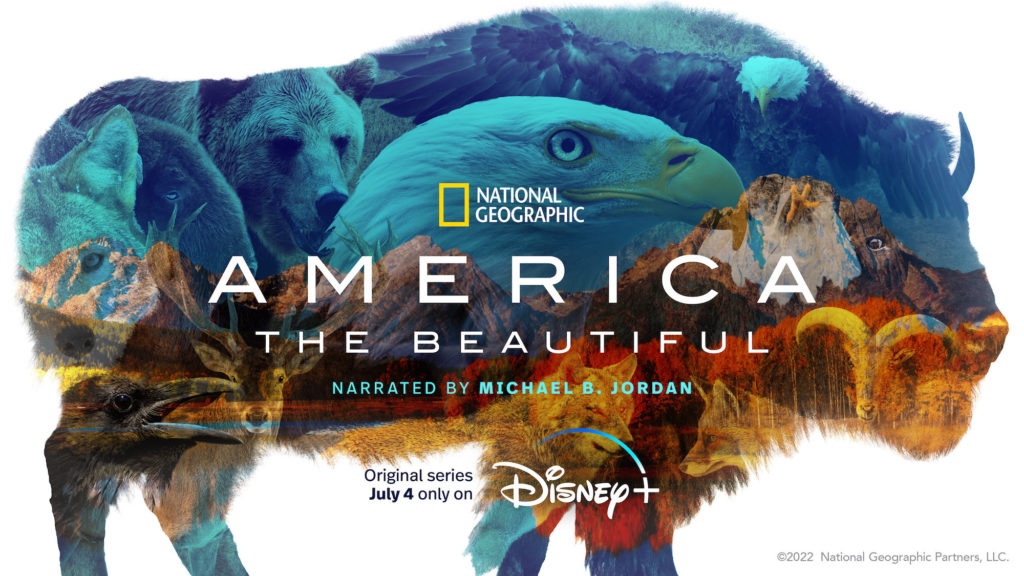
First, let’s address the elephant in the room. A sleek L39 Albatros fighter jet, capable of successfully performing ground attack missions at speeds up to 400 Knots per hour with its catlike maneuverability and superb visibility from a two-seat cockpit. It features a staunch all-metal frame, a turbofan-powered single-engine, and onboard weapons delivery systems – and it was the perfect choice as the co-star behind the upcoming Disney+ (National Geographic) feature, “America the Beautiful”.
We’re grandstanding a bit, as the L-39 is now more of a training tool for upcoming fighter pilots, but this year it was called upon to embark twelve or so brave men and women to the ends of its boundaries. They would be in search of mayhem, destruction, triumph, birth, life, freedom, and the opportunity to film these moments like never before.
Each Fourth of July we look forward to the big fireworks show, but this year we have something just as spectacular and inspiring in store for the birth of America’s independence. A trip through the North, South, West, and East through the eye of a fighter jet and a cinema-grade camera (a first in the history of nature films). It is worth noting that ‘trip’ is a humble word for the sonic boom this film sets off as it takes you on a flight into the origin of a tornado, across volcanoes, and into the illuminating pitch darkness of the Aurora Borealis.
We put a camera in many places that it had never been before in the history of photography.”
There is a lot of ground this film series covers, but today we are going to tackle the key flight sequences behind this film that has brought us closer to nature’s fury than ever before. Allow us to introduce the aerial cinematographer behind the film, America the Beautiful – Mr. Greg Wilson.
Urbasm: Hi Greg, what’s in it for us when we watch America the Beautiful this upcoming July 4th?
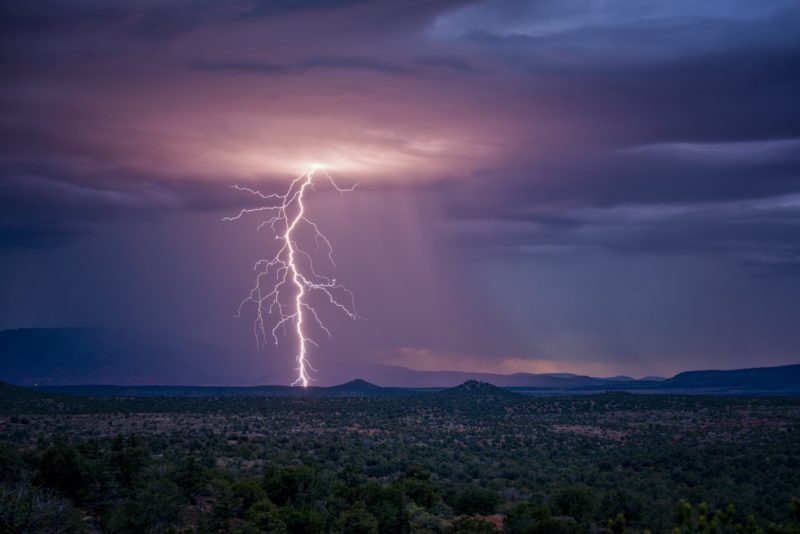
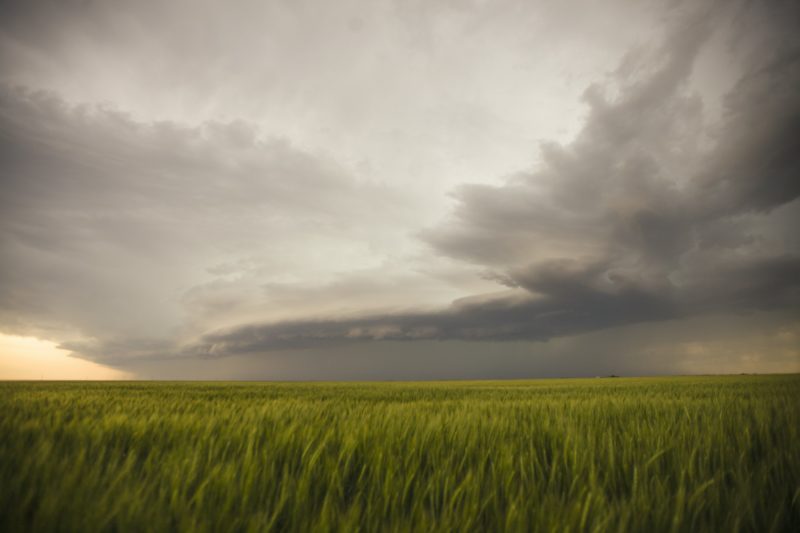
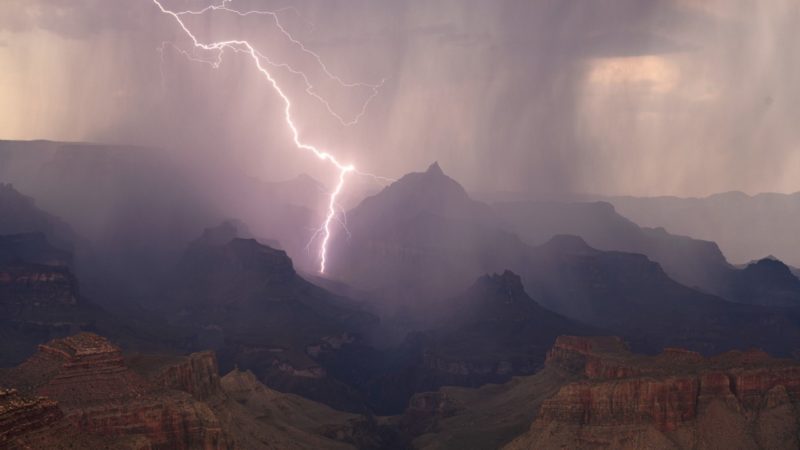
Greg Wilson: Good question. What we tried to do is shatter the mold of how people look at our country and our content. There are definitely some significant moments that we capture that show mother natures fury in a way that has never been seen before. We used jet aircraft with very sophisticated stabilized camera systems mounted to the nose to approach up close and personal, tornado-producing thunderstorms and intense large-scale weather. We put a camera in many places that it had never been before in the history of photography.
Urbasm: This is the second time Disney has produced a nature film by the same name. Does this film include some sort of hat tip to the original 1960s film?
Greg Wilson: I think this is all on its own. There is always homage to be paid to the people before us, but this is a totally new approach.
Urbasm: Yeah, let’s get to that small elephant that would have been in the room during the 1959 filming. What kind of fighter jet is co-starring in this 2022 version?
Greg Wilson: We use an L39 Albatros training, Czech built, from the year of my birth, actually 1980. And we also used a Phenom 300, more of a twin-engine business jet. [It is] more of a long-range and higher altitude aircraft. It was our command station in the sky, where we could have our technicians, two pilots, a meteorologist, and our aerial coordinator all in the aircraft at the same time. Definitely at times a much more efficient and effective tool. Especially for big weather. But the L39 was our workhorse and probably makes up 60 percent of the aerial portion of this series.
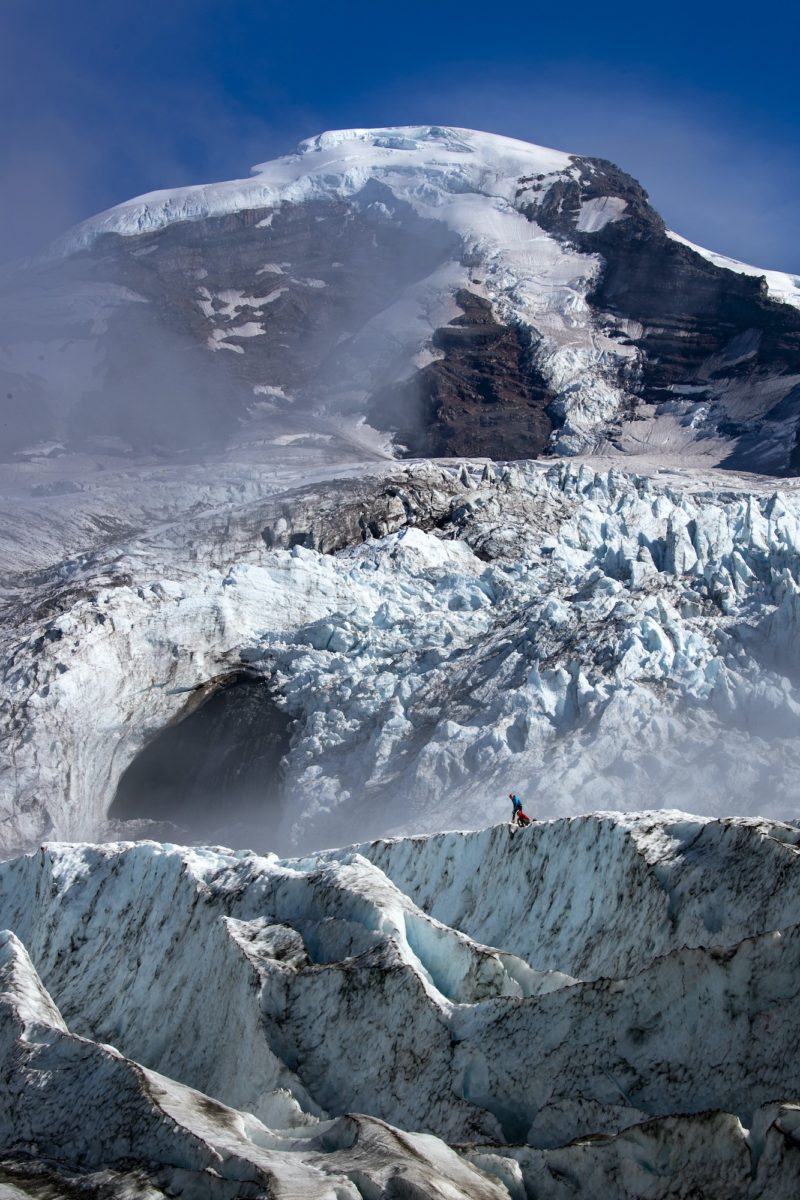
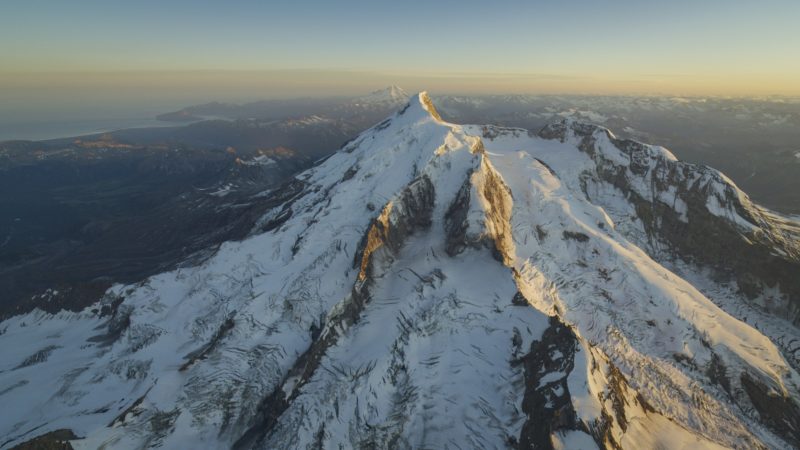
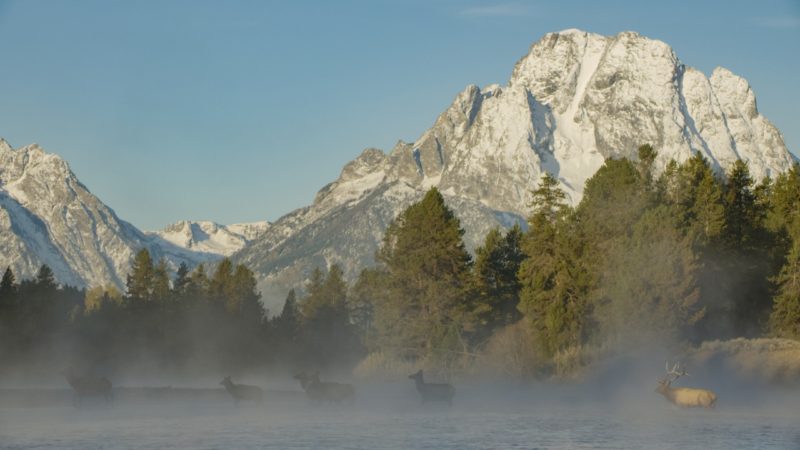
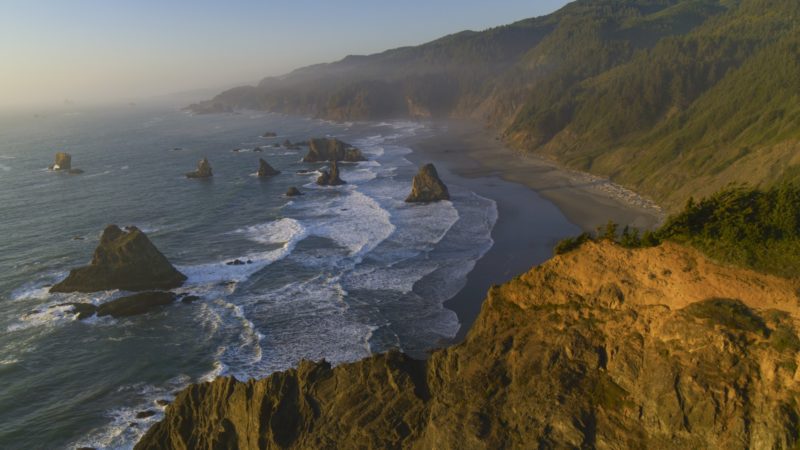
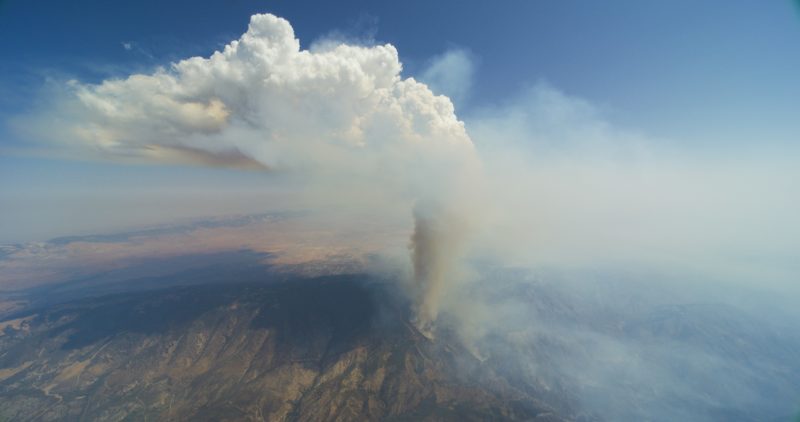
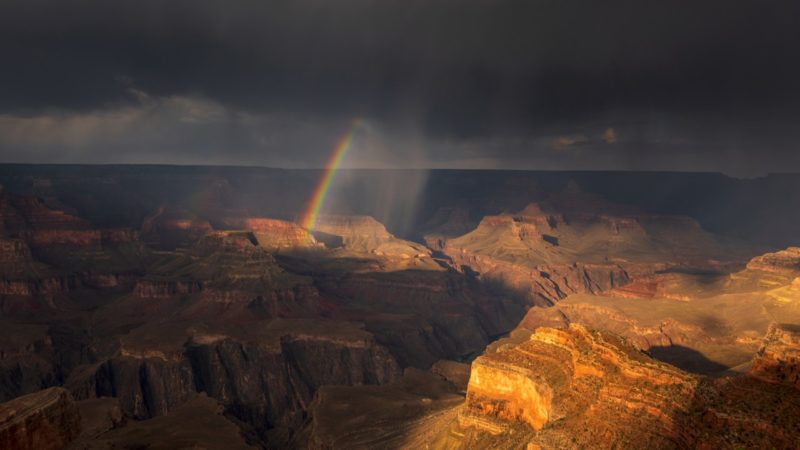
Urbasm: What were your typical flying speeds during filming?
Greg Wilson: It varied from upwards of 350 knots, depending on altitude. Most of the time we were [flying] 200-250 Knots. But when we film a subject where we want to have shadows tracing across the ground, like in the Aurora, we want as much movement of the Aurora as possible. So we would bring the speeds back pretty far. So we were flying 130-140 Knots to allow more time to pass as we traveled through the landscape.
Urbasm: We would imagine that there is less room for a camera on the L39?
Greg Wilson: No, it is the same camera that mounts on the nose. It is just the pilot and me in the back seat as the director of photography.
Urbasm: We’ve already had a sneak peek at the series, and there are some very intense weather situations. Is there a particular moment filming this project that you will never forget?
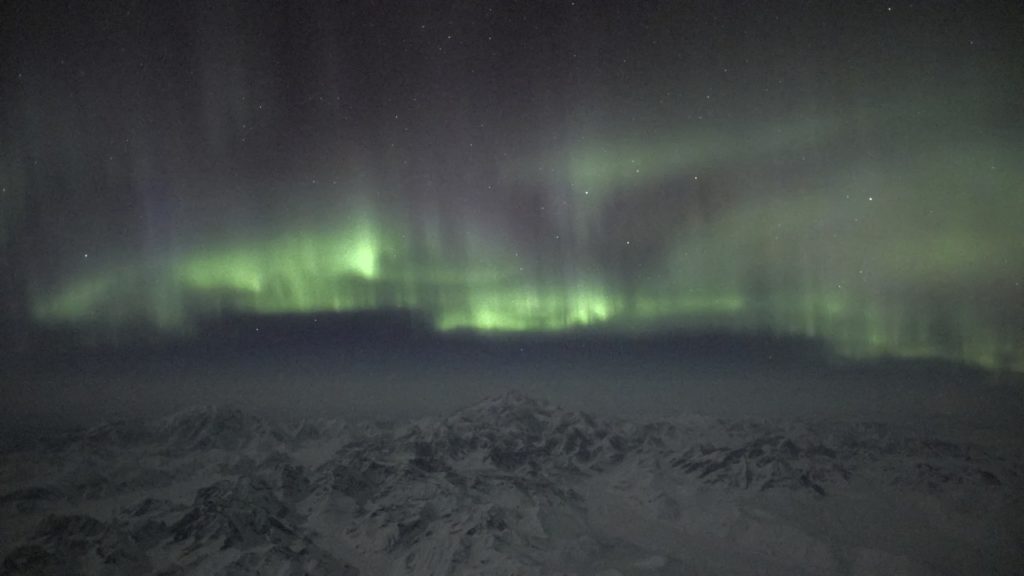
That only happened a few times, but it happened on a couple of critical times when we were pushing 40,000 feet on developing thunderstorms.”
Greg Wilson: The Aurora Borealis was a big target for us. We targeted it from about three weeks out. That is a very fickle and challenging thing to get on camera. We brought in high-sensitivity cameras, and flew on a perfect night with just a sliver of a moon and had a massive event and captured it. From the naked eye, it was completely black, you couldn’t see the ground at all, so we had to trust our instruments. And we flew below the mountain ranges, skirting through saddles, and it was an experience I will never forget. Hopefully, it shows the Alaska range and Aurora in a way that has never been seen before.
Urbasm: That was just one of many obstacles we can imagine. What was the most complicated problem during filming that your team had to solve?
Greg Wilson: Heat was an issue for the camera. Some of the things that we have, things that you don’t think about as you climb in altitude, the temperature is going to go down. As you get higher and higher it could be -40 degrees at 34,000 feet, which is very cold to a camera system. What also goes down is the amount of air in the atmosphere that is going to be blowing through the heat sinks and the camera. So we had some overheating issues where the camera would overheat while the motors on the gimble were getting so cold they would almost freeze up. That only happened a few times, but it happened on a couple of critical times when we were pushing 40,000 feet [through] developing thunderstorms and watching the birth of a tornado.
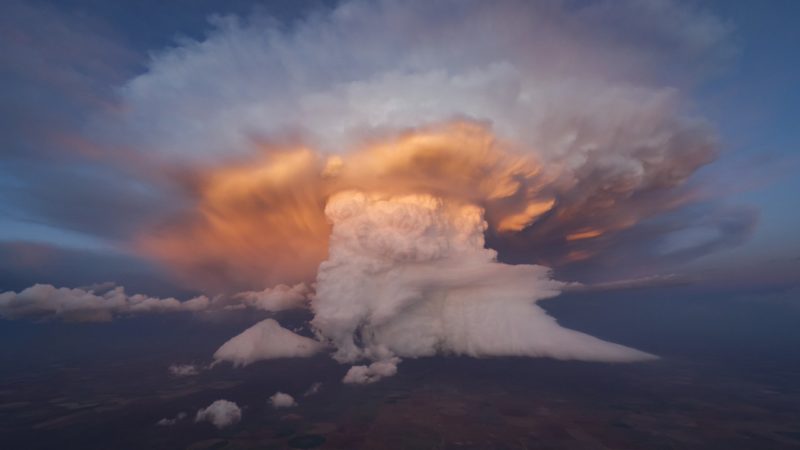
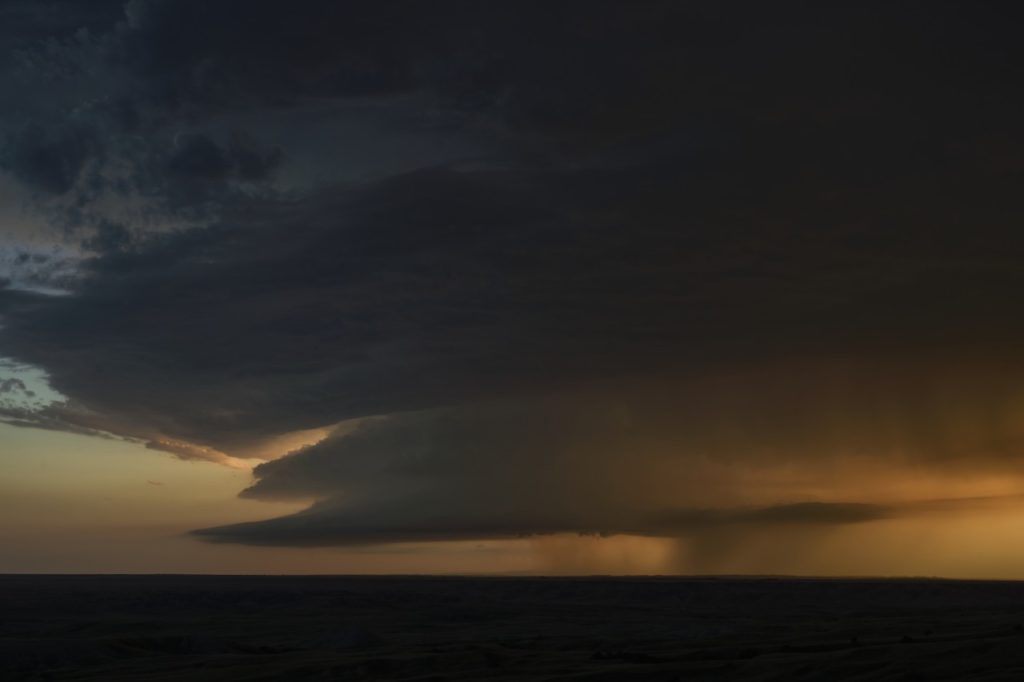
Urbasm: That would be stressful, to say the least.
Greg Wilson: Let me think of the hardest (pause). I don’t know. There was a lot, but ultimately as we refined our tactic and our techniques we got better and better, and our gear got better and better. We were constantly debating and constantly trying to push how do we make this better – how do we approach the technology and innovation side of this to make a more robust and reliable system. Involving not only the camera, not only the gimbal, not only the aircraft; but also our own understanding as a team. How we were going to work together, see things ahead of time, and head off potential problems before they happen. It was definitely a massive team effort. We were all proud of the group and we overcame a good amount. But I think the proof is in the pudding.
Urbasm: How many people are in a team for a production like this?
Greg Wilson: A very small group. At most, there are three main pilots that we work with. There are probably five pilots that rotate in and out. If we’re in the fighter jet it is me and a pilot. typically, John Flanagan or Michael Steiger. And then we have an aerial coordinator and our CEO at V-Speed, Mike Knockenhauer. And then we have our back-office producer, Shelby. We have our meteorologist, Joey Picca. We have a technician or two, depending on how many camera systems we are going to operate on that day. I think that’s it.
Urbasm: What about the Phenom 300?
Greg Wilson: In the business jet, it is a little more sophisticated and everyone can ride altogether. It is two pilots, a camera operator or two, depending on if we are running one or two systems. We have an aerial coordinator, and we have a meteorologist in the aircraft planning for any given shot. Everyone is working together and everybody has a very specific role in the shot-making process.
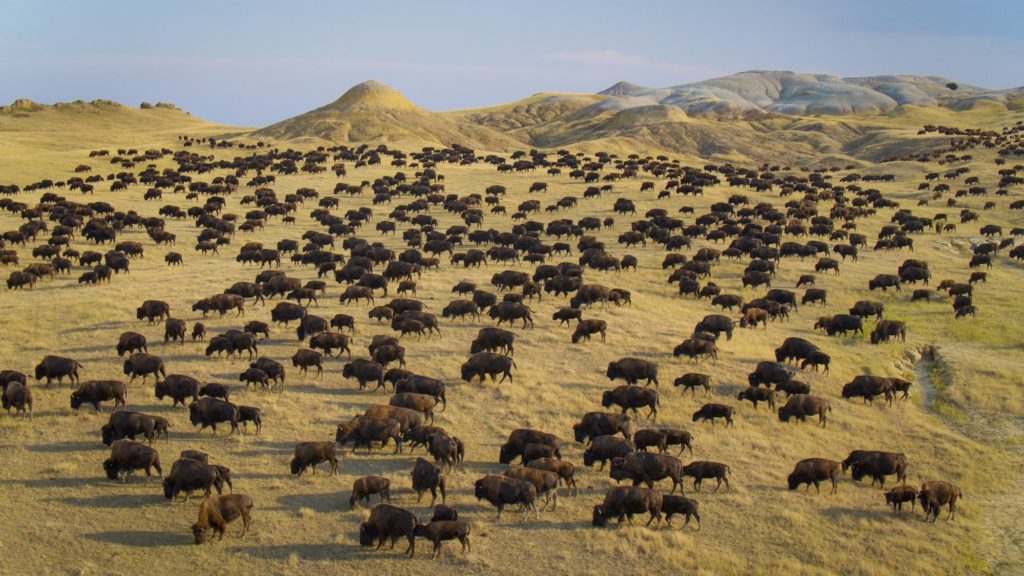
Urbasm: Well, all that effort has produced one of our favorite nature films of all time. Thank you, Greg.
And if you have not seen the six-part series, America the beautiful, it begins streaming on July 4th, only on Disney+. Here is a preview of what’s in store for you.
Key up the orchestra, and take it away, Mr. Jordan:
About Dr. Eric J. Leech
Eric has written for over a decade. Then one day he created Urbasm.com, a site for every guy.